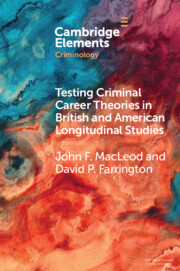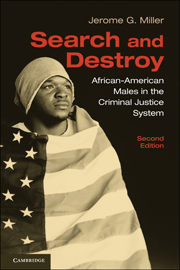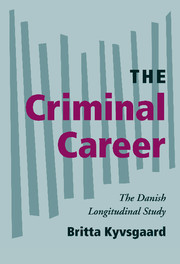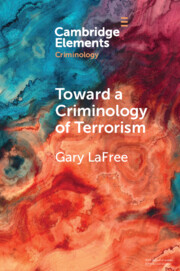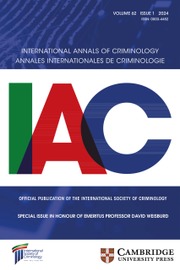Testing Criminal Career Theories in British and American Longitudinal Studies
Most criminological theories are not truly scientific, since they do not yield exact quantitative predictions of criminal career features, such as the prevalence and frequency of offending at different ages. This Element aims to make progress towards more scientific criminological theories. A simple theory is described, based on measures of the probability of reoffending and the frequency of offending. Three offender categories are identified: high risk/high rate, high risk/low rate, and low risk/low rate. It is demonstrated that this theory accurately predicts key criminal career features in three datasets: in England the Offenders Index (national data), the Cambridge Study in Delinquent Development (CSDD) and in America the Pittsburgh Youth Study (PYS). The theory is then extended in the CSDD and PYS by identifying early risk factors that predict the three categories. Criminological theorists are encouraged to replicate and build on our research to develop scientific theories that yield quantitative predictions.
Product details
June 2022Adobe eBook Reader
9781009040068
0 pages
This ISBN is for an eBook version which is distributed on our behalf by a third party.
Table of Contents
- 1. Introduction
- 2. The Offenders Index (OI) and the Risk/Rate Model
- 3. Application to the Cambridge Study in Delinquent Development (CSDD)
- 4. Childhood Prediction of Risk/Rate categories in the CSDD
- 5. Application to the Pittsburgh Youth Study (PYS)
- 6. Childhood Prediction of Risk/Rate Categories in the PYS
- 7. Final Conclusions.

